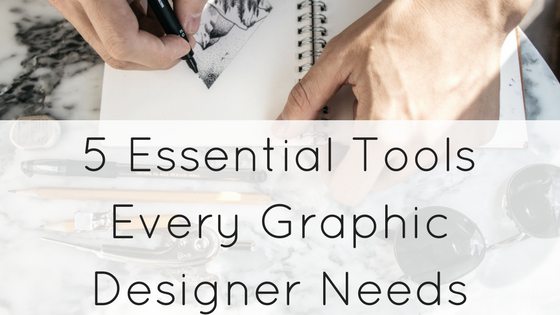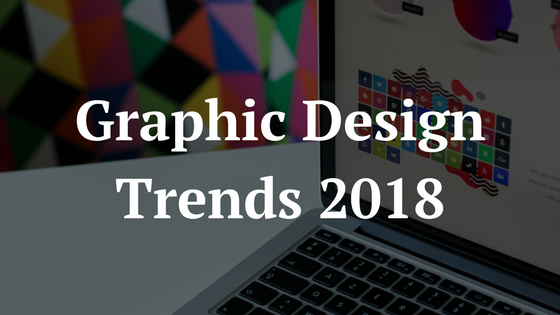With internet usage on the rise, many businesses are transitioning from physical to digital media. Rather than publishing newspaper or direct mail ads, for example, they are publishing email ads and newsletters. With this digital evolution comes the need for graphic design services. Professional graphic designers can take advantage of this trend by using the following tools to streamline their operations.
#1) Adobe Photoshop
Every graphic designer needs software to create, edit and save his or her work. Released February 19, 1990, Adobe Photoshop is the industry’s leading graphic design software, supporting raster imaging editing, digital art creation, photo touch-ups and more. Adobe even offers several subscription-based Creative Cloud suites that include Photoshop as well as other software like Illustrator, After Effects and Adobe XD.
#2) Paper Sketchbook
A basic sketchbook with a pen or pencil can prove invaluable for graphic designers. It allows designers to quickly provide mock-ups to clients so that they can better understand the client’s vision. When a client is trying to explain their idea, the designer can draw it in a sketchbook. Once the client is happy with the sketch, the designer can fire up his or her computer to create it.
#3) Tablet Computer With Stylus
Graphic designers should also invest in a tablet computer with a stylus. As most seasoned graphic designers know, a keyboard and mouse limits creativity. Using a tablet with a stylus, such as the iPad with Apple Pencil, designers can create beautiful, hand-drawn designs that resonate with their clients.
#4) External Hard Drive
While it’s no substitution for a cloud storage service, an external hard drive is a smart investment for all graphic designers. It allows designers to back up their digital creations. If the designer’s primary computer becomes lost, stolen or damaged, he or she can retrieve their work from the external hard drive.
#5) Time-Tracking App
Finally, a time-tracking app is a smart tool that can help graphic designers meet deadlines and improve their productivity. When juggling multiple projects at once, many designers struggle to deliver projects on time. A time-tracking app like DUE, however, can keep designers on schedule by providing reminders of upcoming due dates.
These are just a few tools that can help graphic designers succeed. Designers should also explore other tools like a project management app, text editor, and monitor calibrator.

